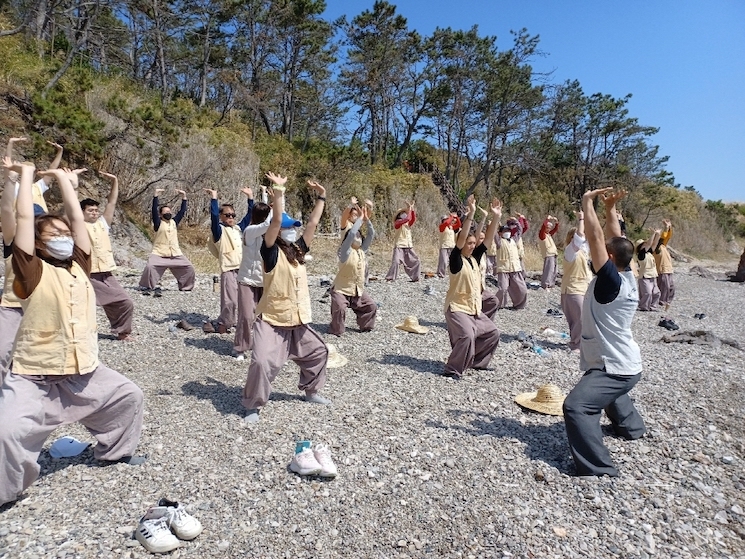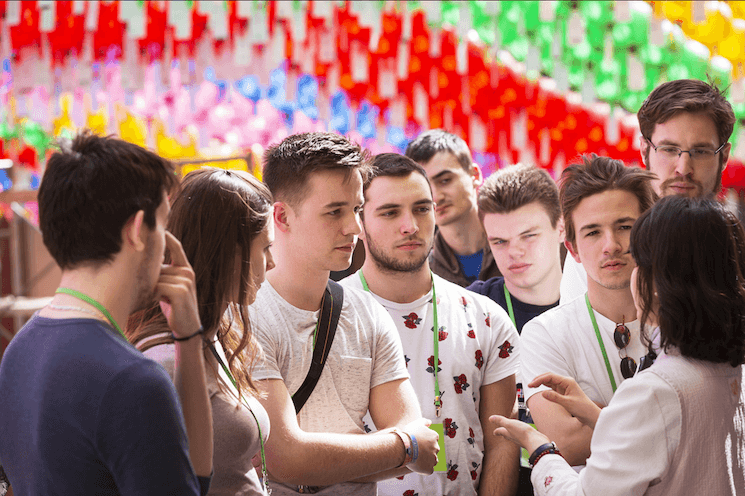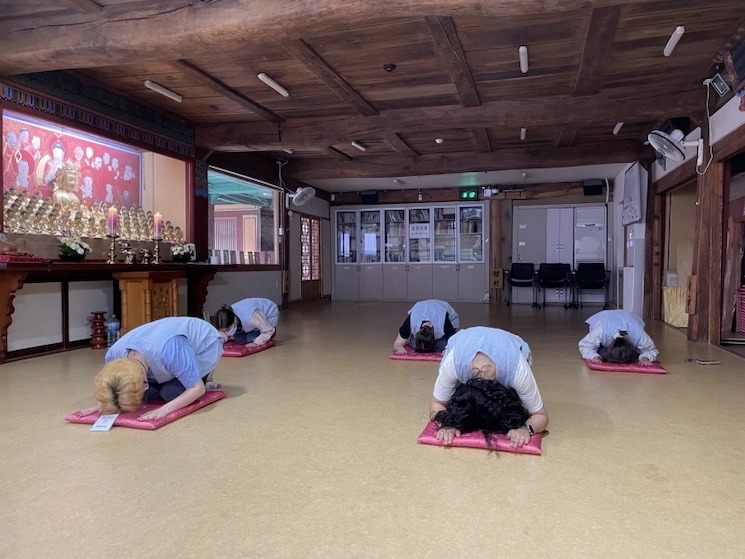Sleeping in a Korean temple, is it possible? The Templestay is another way to travel closer to South Korean Buddhist culture. We explain how to take this journey of self-discovery.
You do not want to go through the classic tourist routes? Do you want to discover another facet of South Korean culture? Why not sleep and spend some time in Korean temples! Let’s discover the Templestay, another way to stay but above all to learn more about Korean culture.
What is the Templestay?
The Templestay is a program intended to be able to stay in a Korean temple for a few hours, a day or even several days. A stay in a Buddhist temple therefore allows visitors to discover the daily life of the monks but also to take the time to concentrate on themselves, sheltered from the effervescence of the outside world.
According to the Cultural Corps of Korean Buddhism, which has published a small book on the subject, “A Templestay program is a wide open door for those wishing to experience monastic culture. This program open to all will allow you to discover your “true self”, whatever your social origin, your religion or your ethnicity. »

What are the different types of Templestay?
In 2020, there were 130 temples allowing Templestay. The activities vary according to the temples but also the seasons. You can go there to practice activities related to Buddhism and traditional Korean culture. You can also stay in a temple so you can meditate and rest, like what is offered in monastic retreats in France. If you do not want to stay there for several days, you can also come and visit a temple for several hours in order to practice an activity there.

What is a typical day like at a temple in South Korea?
If you want to stay at least 24 hours in a temple, your day will be punctuated by monastic practice. Visitors are not, however, obliged to attend all the ceremonies.
3 p.m.: Arrival at the temple
4 p.m.: Temple visit
5 p.m.: Dinner
6 p.m.: Discovery of the four Dharma instruments during the Buddhist Evening Ceremony
7:30 p.m.: Temple-related activities (108 prostrations, making rosaries, etc.)
9 p.m.: Sleep (in a common room between men or women)
3 a.m.: Sunrise/Morning Buddhist ceremony
5 a.m.: Meditation
6 a.m.: Breakfast
7 a.m.: Community work (washing up, sweeping the yard, etc.)
8:30 a.m.: Temple-related activities (walking, meditation, etc.)
10 a.m.: Temple-related activities (conversation with a monk, etc.)
11 a.m.: lunch
12 p.m.: storage/departure
It will cost you about 80,000 KWR for 24 hours (about 58 euros). But the prices vary according to the temples, the time on site and the activities offered. Reservations are made online on the Templestay website or at the Templestay Information Center in Insa-dong, Seoul.

Can non-Korean tourists do a Templestay?
Some temples have monks who speak English, so you can go there without worry. If you speak Korean, then all the temples will be easily accessible to you. Travelers of all religions are welcome, as are travelers with physical disabilities. It is recommended that you no longer use your phone once there.
What are the recommended Korean temples?
There are as many activities on offer as there are temples. The Templestay site thus recommends the temple for the most active Gogulsa, who practices sonmudo, an active meditation that uses the principles of martial arts. Gastronomy lovers can head to Baekyangsa where they can learn the basics of Buddhist cooking with the nun Jeongkwan seen in the Netflix program The chef’s table.
If you like the mountains, the temples of Woljeongsa, Jikjisa and Naesosa will be perfect for you. For those who love the sea, Mihwangsa offers a superb panorama. It is also possible to stay in one of the nine temples listed as World Heritage by Unesco. Among them, the temples of Beopjusa, Bulguksa, magoksaand Haeinsa offer programs in English.
We would like to give thanks to the author of this short article for this remarkable content
Discover South Korea differently: Templestay, staying in a temple in Korea
Check out our social media profiles along with other related pageshttps://nimblespirit.com/related-pages/

